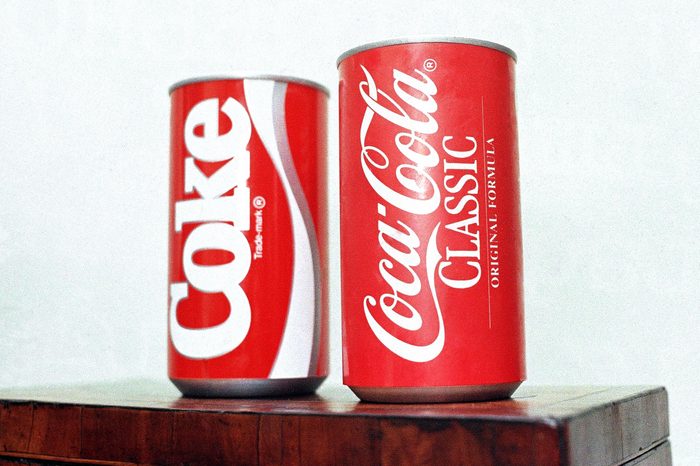
New Coke
Coca-Cola aficionados love the fizzy beverage because of its very familiar taste. Chances are, if you ask a brand loyal consumer to taste the difference between Coke and Pepsi, they can do it in a heartbeat. So why Coca-Cola decided to change its formula in 1985 is still a head-scratcher. According to Time, the company’s new recipe was described as a sweeter version of the already sugary drink and despite winning out in blind taste tests, the product was met with great backlash. Three months later Coke “Classic” was back on shelves. If you want to taste the recipe change for yourself, head on over to the Coke store where you can pick up a Stranger Things branded bottle of New Coke for a limited time. (The third season of the Netflix series takes place in 1985.) These are some of the other soda secrets Coca-Cola isn’t telling you.
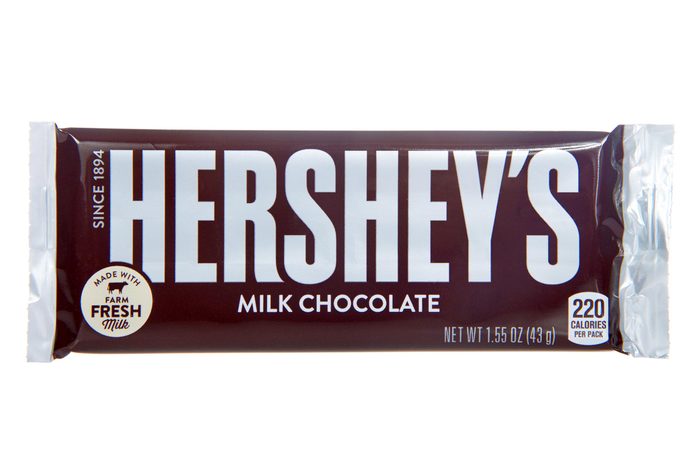
Hershey’s Milk Chocolate Bar
Playing it much more conservatively but still mixing things up, Hershey’s announced that for the first time in its 125-year history they would begin producing their iconic milk chocolate bars printed with something other than their brand name lettering in May of 2019. For a limited time, they will print bars featuring 25 different emojis. The company says these specific emojis were chosen by parents and kids to help “spark conversation,” as per an MSN report on the update.
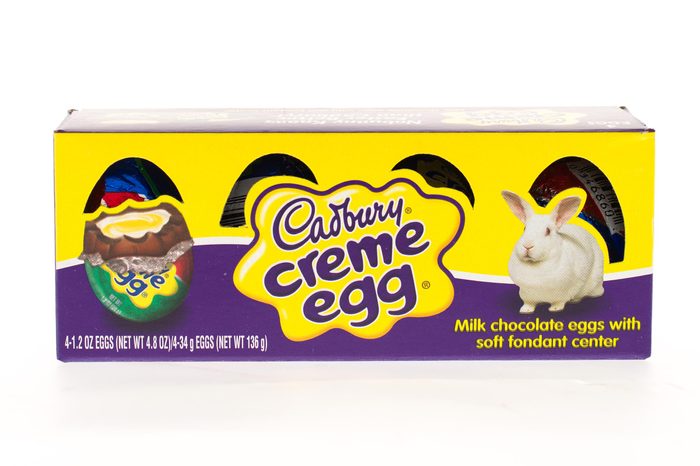
Cadbury Creme Eggs
A different candy company made a much more controversial choice with one of their popular chocolate items. Cadbury came under fire in 2015 when they confirmed a major change happening to their Cadbury Creme Eggs. The Cadbury Dairy Milk shell was replaced with a different version made from a basic cocoa mix. The claim was that this was actually the way the treat was made originally when the Creme Egg was introduced in 1971, according to The Telegraph. Even before the recipe change, not everyone was on board with the Cadbury Creme Egg despite many staunch supporters.
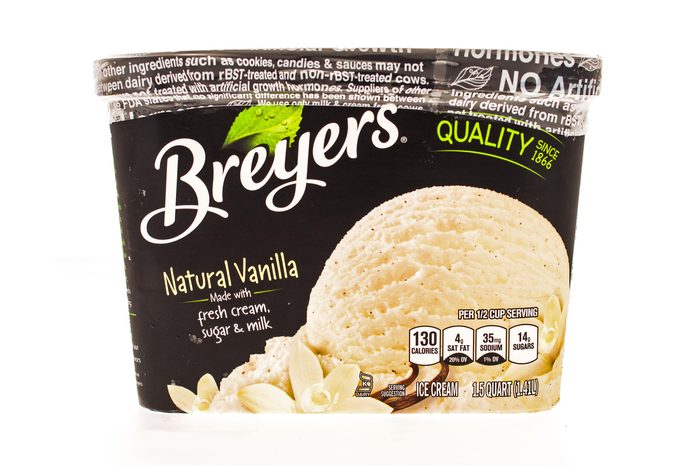
Breyers Ice Cream
Back in 2013 Breyers slid a new recipe into the frozen dessert section of grocery stores and fans were not happy. Instead of ice cream, the new label read “frozen dairy dessert” as a result of a recipe change which included less than 10 percent milk (a product must consist of at least that much to legally call it ice cream). KDKA CBS Pittsburgh reported Breyers wanted to produce a dessert “blended in a whole new way to create a smoother texture.” The news ticked off ice cream lovers and caused confusion in the frozen food aisle. You’ll be happy to know that in 2019 Breyers Naturals line boasts the words “ice cream,” not “frozen dairy dessert,” but it taught us the lesson of being more eagle-eyed while we grocery shop.
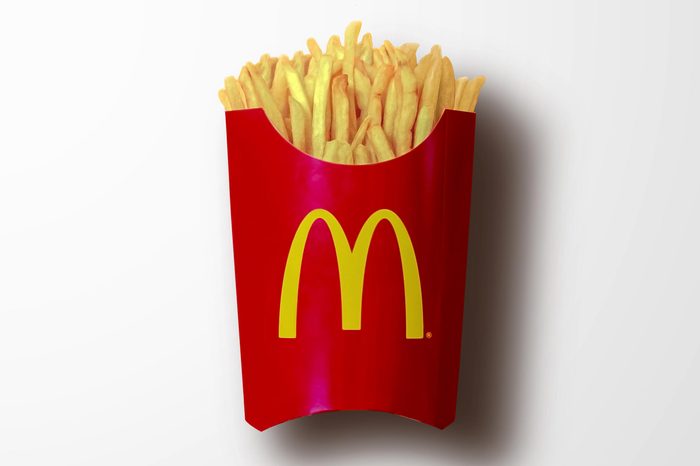
McDonald’s French Fries
Many will argue that McDonald’s has the best French fries in the fast food biz, even despite making a change to the way they cook those beloved taters. In 1992 the bigwigs behind the Golden Arches made the executive decision to switch from frying them in beef tallow (which gave the fries their signature taste) to vegetable oil. Fry fans insist the product has never been the same. Their fries aren’t the only food McDonald’s has changed: check out the fast food icon’s first menu ever.
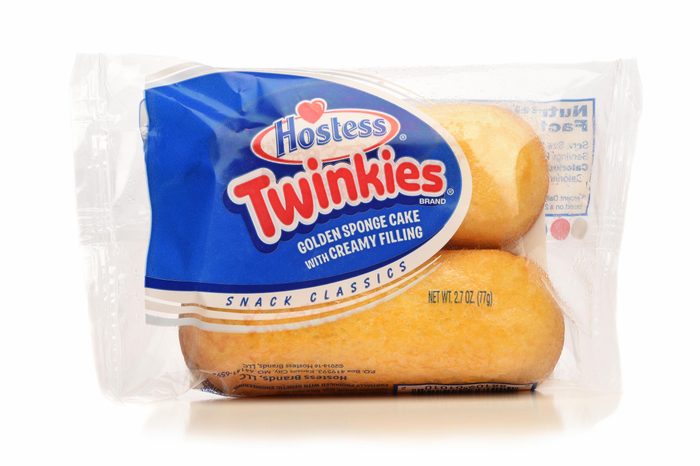
Twinkies
Remember The Great Twinkie Shortage of 2012? That was when fans of the iconic snack cake began freaking out because their manufacturer went belly up. In a bid to save the Twinkie, a new company, Hostess Brands, was formed and promised to bring it back from extinction. But what consumers found was an (allegedly) smaller version of the snack and a slightly different recipe. According to CNN, the recipe was changed to extend its shelf-life. The previous version could stay on shelves for 26 days. The update gave them a shelf life of 45 days.
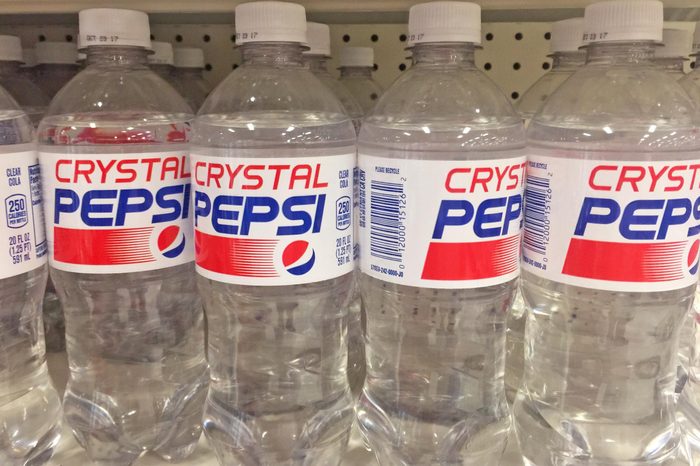
Crystal Pepsi
Not to be outdone by their carbonated competitor with their “New Coke” debacle, Pepsi decided to switch up its formula in a very clear way…literally. Crystal Pepsi was introduced in 1992 as a way to update cola from its formerly dark hue to a clear liquid. While soda enthusiasts were intrigued at first, Bustle reports sales quickly fizzled. If you’ve ever wondered, this is the real difference between Coke and Pepsi.
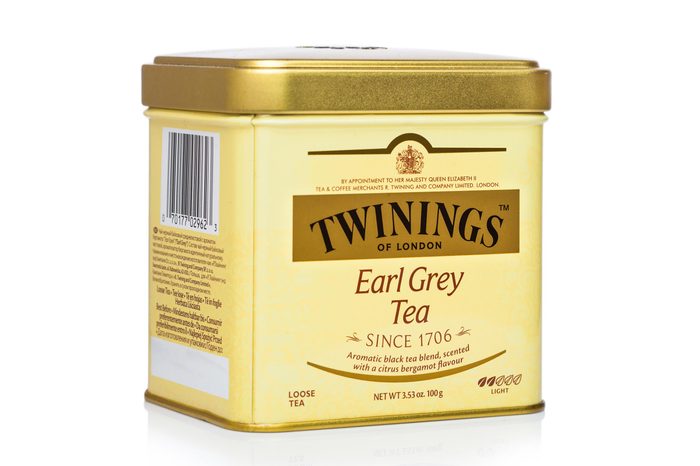
Twinings Earl Grey Tea
Do not mess with tea drinkers and their favorite blend. Twinings learned this the hard way when they changed up their traditional Earl Grey tea variety to pack more of a citrus punch in 2011. The company quickly apologized for the gaffe on its website. “Whilst many love the new Earl Grey, a group of Earl Grey fans have asked us to make the previous blend available,” the statement read. “Not wishing to disappoint, we have introduced Earl Grey The Classic Edition.'”
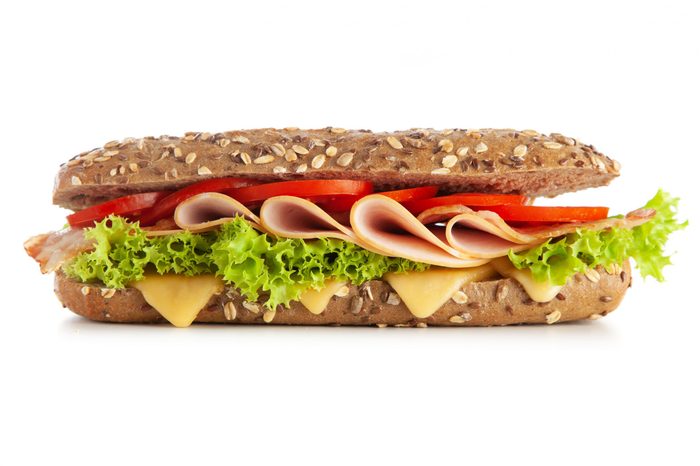
Subway Sandwich Bread
Sandwich chain Subway came under fire in 2014 when a food blogger drew attention to the fact that they were using an ingredient called azodicarbonamide in their bread. The most shocking thing about the substance (other than how incredibly difficult it is to pronounce) is that it’s also a chemical used in the production of yoga mats. Subway addressed the controversy quickly and, according to Eater, agreed to remove the ingredient from its bread within days. Namaste, sandwich lovers. Despite this scandal, Subway still somehow became the world’s biggest fast-food chain.
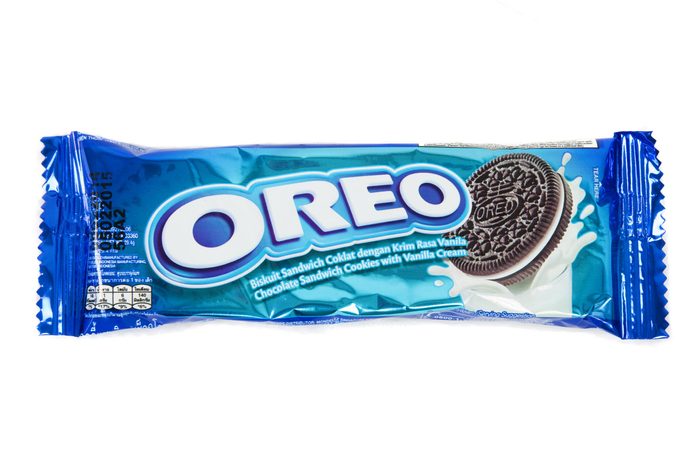
Oreo Cookies
Typically fans of the Oreo would be up in arms over any changes to the iconic sandwich cookie, but this recipe change is likely one everyone can get behind. In 1997 Oreo nixed its use of pig lard so that the cookie could become Kosher. According to the Huffington Post, the switch to become a Kosher food took three years for the brand to complete and was considered a costly move.
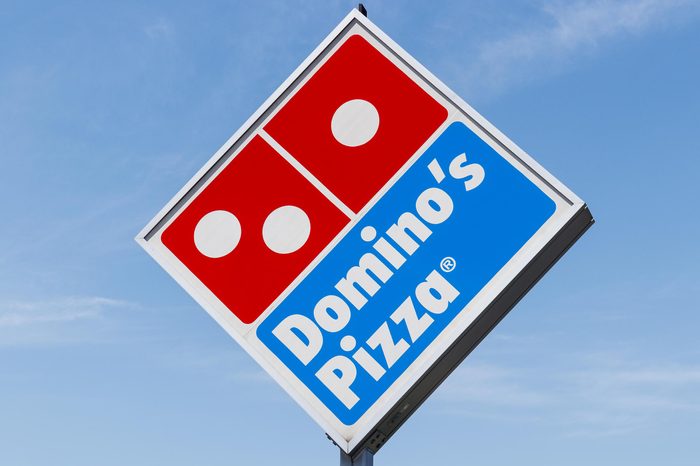
Domino’s Pizza
Pizza chains have their fair share of critics and with good reason; their recipes often feel generic. Domino’s addressed this with comic flair in 2009 when, after 50 years, they finally changed their pizza recipe. With an ad campaign that poked fun at themselves (and their poorly-reviewed pies), they introduced a brand-spanking new pizza leaps and bounds better than what they were serving before.
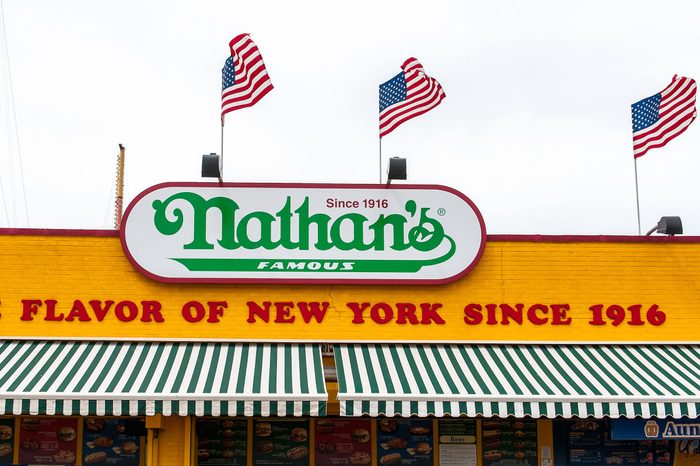
Nathan’s French Fries
Fry fiends really don’t let when anyone messes with their spuds. In 2012 Nathan’s received a lot of flack when they briefly switched from using Katahdin potatoes to Russet Burbanks, according to the New York Daily News. The hot dog purveyors claimed substitutions had to be made when there simply wasn’t enough supply of the original potato to meet their demand. Thankfully for their customers, the replacement was temporary.
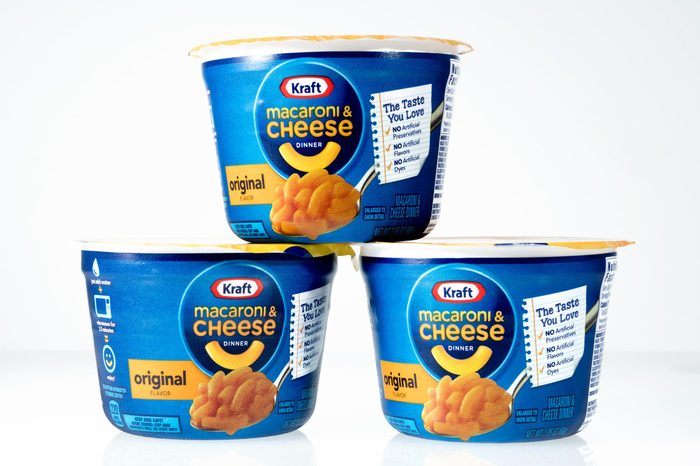
Kraft Macaroni & Cheese
Adults who grew up on Kraft Macaroni & Cheese didn’t even notice a difference in the boxed dinner when they changed some key ingredients in 2016. In an attempt to take some of the artificial flair out of the recipe, Kraft replaced the colors once used to create that bright orange hue with spices to mimic the same look, like turmeric, paprika, and annatto. What was most surprising about this change? That, really, no one noticed and Kraft sold 50 million boxes of mac before admitting to the switch.